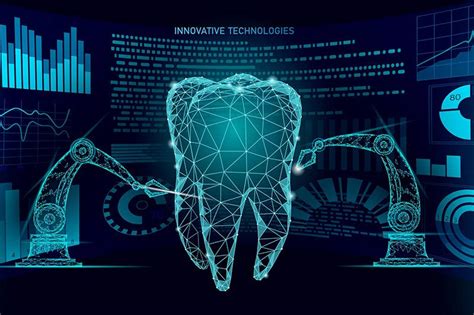For decades, the possibility of regrowing teeth in adults has hovered on the horizon of medical science, more like a mirage than a real prospect. But in September 2024, Japan is taking a definitive step towards making this sci-fi dream a reality with the initiation of trials for the first-ever ‘tooth regrowth medicine’. This groundbreaking approach, initially aimed at individuals who have never developed certain teeth due to congenital conditions, promises to shift paradigms in dental treatment and healthcare more broadly.
While the excitement is palpable, it’s crucial to temper expectations at this early stage. The medicine’s focus, for now, is not on curing cavities or restoring teeth worn down by use and time, but on generating new growth where none existed before. This nuanced distinction is often lost in the sensational headlines, yet it forms the core of the scientific efforts underway. The implications for those affected by congenital absence of teeth are profound; potentially bypassing the need for invasive dental surgeries or lifelong reliance on prosthetics.
Looking to the future, scientists speculate about the eventual expansion of this technology to address more common dental woes, such as teeth lost to decay or trauma. The theoretical framework suggests that someday, a simple medicinal treatment could spur the growth of a new tooth in place of one that’s been removed—a stark contrast to today’s costly and often painful dental implants and bridges. However, the scientific community remains cautiously optimistic, underscoring that such applications remain speculative at this stage and are subject to rigorous testing and validation.
Current scientific thought points towards the use of stem cells to kickstart the tooth development process—an approach that could, in theory, lead to complete dental regrowth. Imagine a world where ‘growing a new set of teeth’ is as straightforward as healing a broken bone. Such a possibility hinges on successfully directing stem cells to form tooth buds, the precursors to actual teeth, which could then be implanted and naturally integrated within a person’s jaw.
Despite these exciting possibilities, it’s important to consider the practical and ethical implications. The cost of such treatments, should they become available, could be prohibitively high, making them inaccessible to many who might most benefit. Moreover, the terrain of genetic manipulation in humans is fraught with ethical concerns, particularly regarding the long-term effects and potential for unforeseen consequences. The debate around these issues is as vital as the scientific research, ensuring that advances in healthcare continue to align with societal values and norms.
Moreover, this breakthrough underscores a larger trend in medical science towards regenerative treatments that could one day replace much of traditional surgery. As we move forward, the lines between ‘healing’ and ‘regenerating’ blur, pointing to a future where medicine not only treats but rebuilds. From organ regeneration to the biotechnological repair of nerve damage, the potential is limitless. Teeth regrowth might be just the tip of the iceberg, signaling the dawn of a new era in medical science—one centered around the body’s natural propensity for renewal.
Educating the public and managing expectations will be crucial as this research progresses. The allure of headline-grabbing results can lead to unrealistic expectations about the speed and scope of scientific advancements. Effective communication must therefore be prioritized to ensure that the public remains well-informed about the realities of scientific research, the potential timelines for breakthroughs, and the practical implications of emerging treatments.
Ultimately, while the road ahead is long and fraught with challenges, the initiation of trials for tooth regrowth medicine in Japan marks a significant milestone in the field of regenerative medicine. It reaffirms our commitment to pushing the boundaries of what is scientifically possible, while also highlighting the need for careful consideration of the ethical, social, and economic implications of such advancements. As we stand on the brink of potentially revolutionary changes in medical treatments, it is an exciting—and sobering—time to be involved in the field of health and science.


Leave a Reply